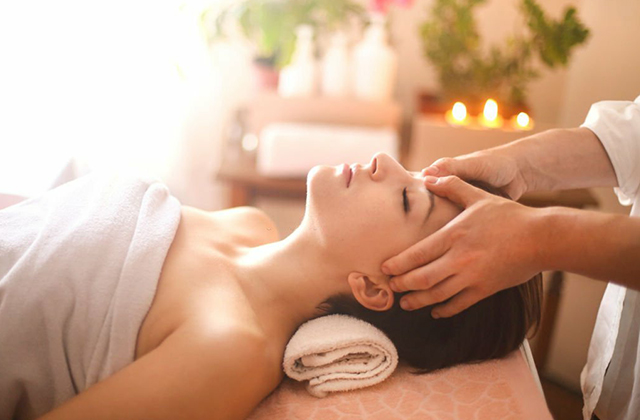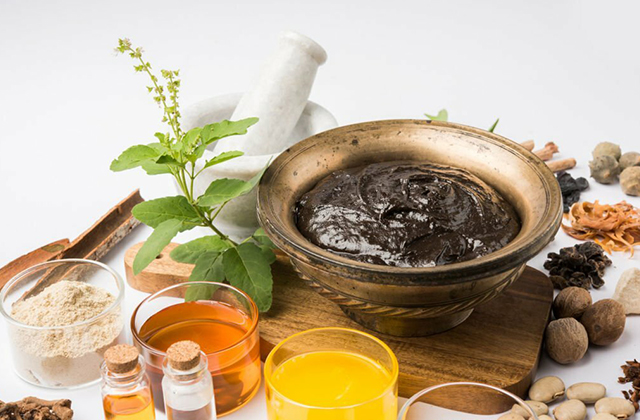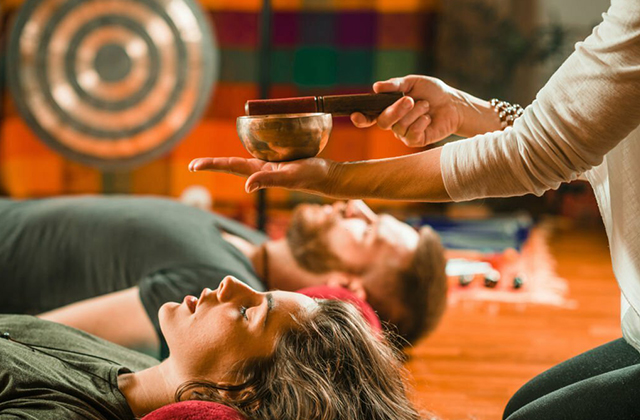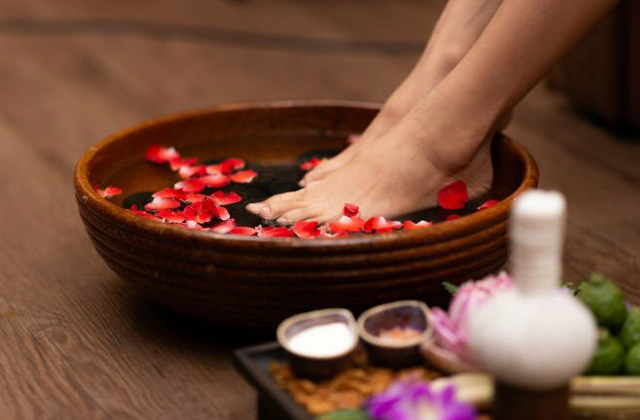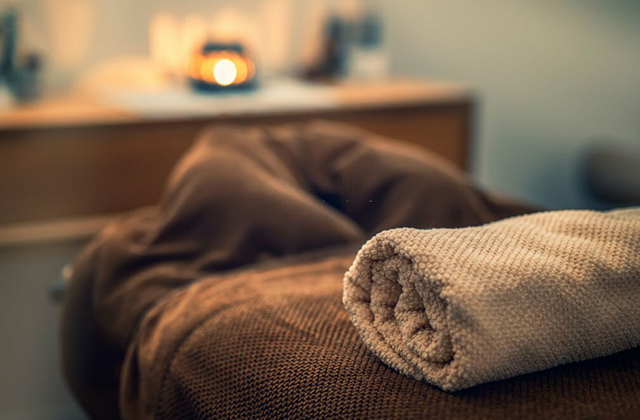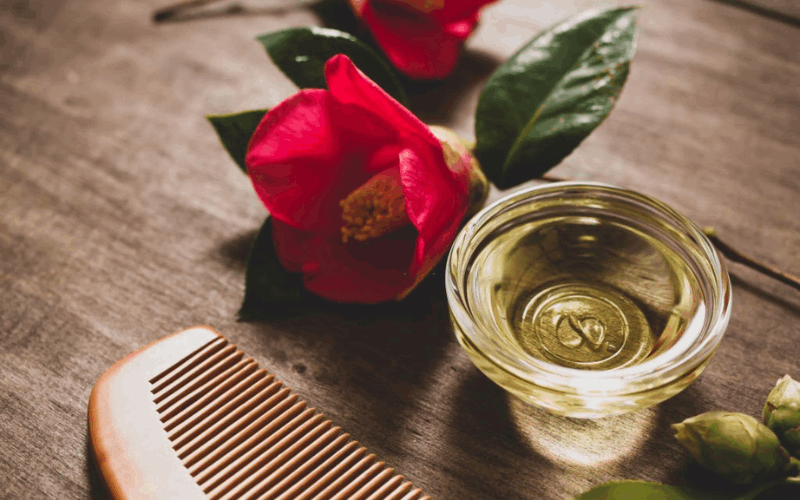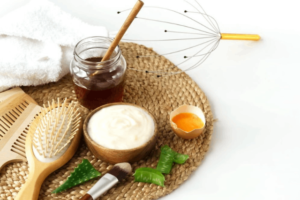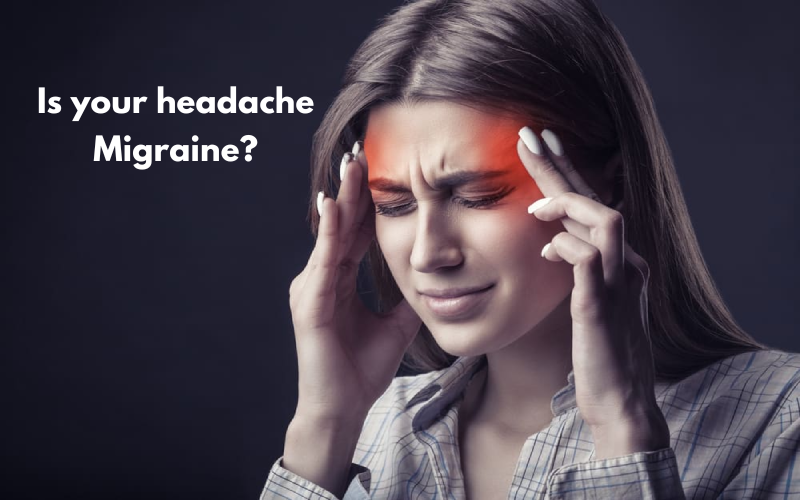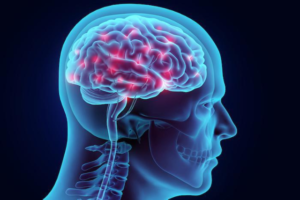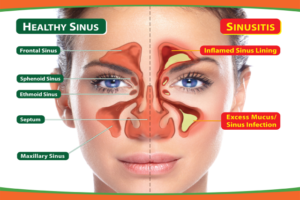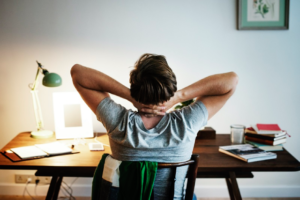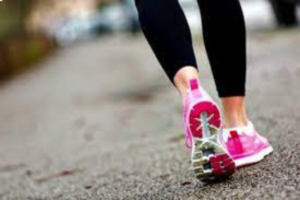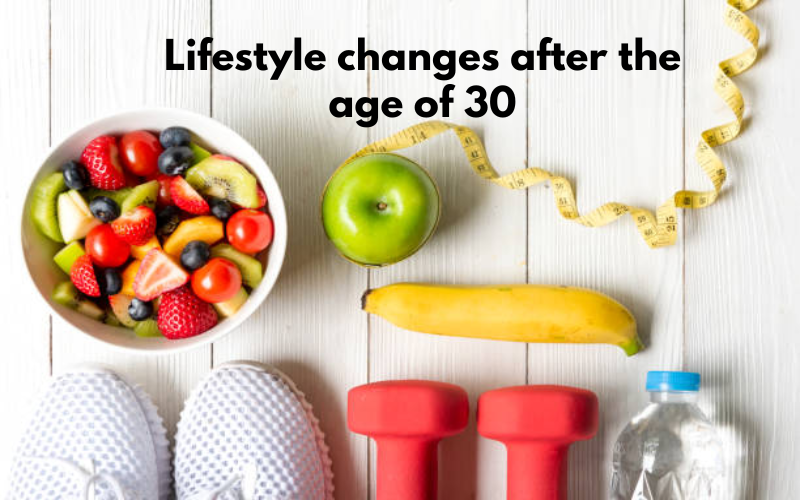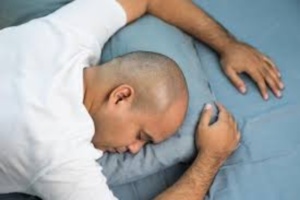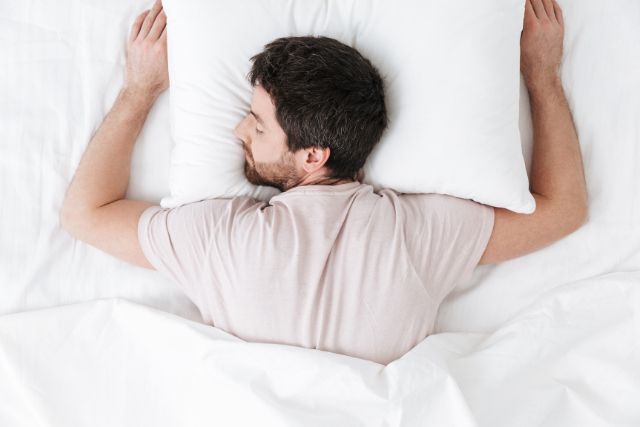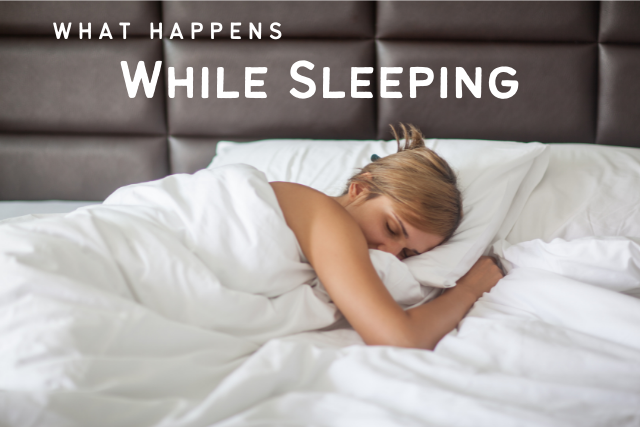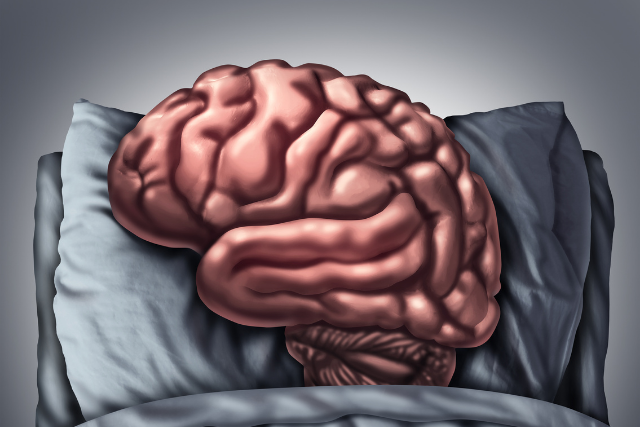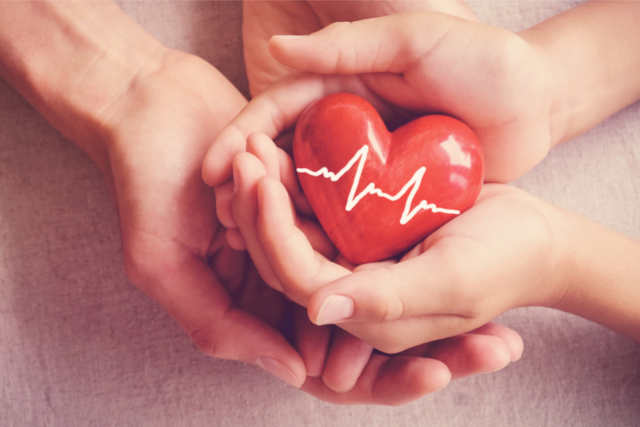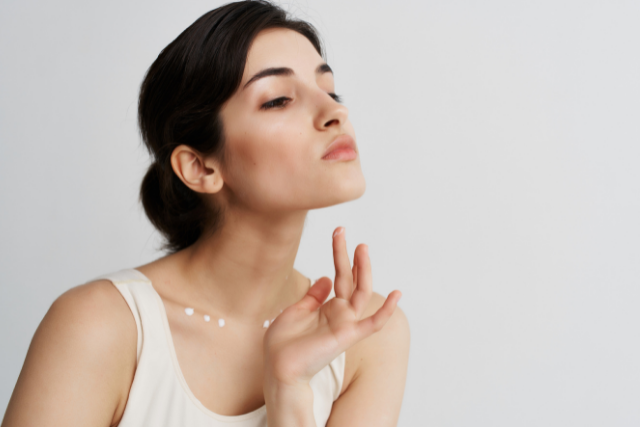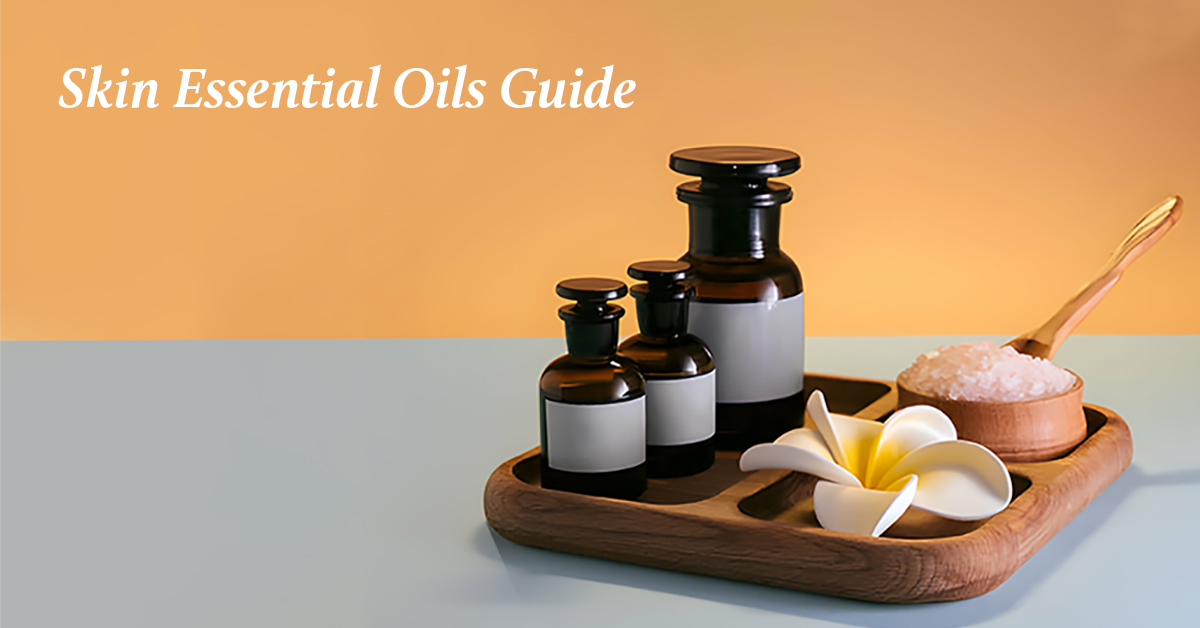
Finding time for healing and relaxation in an overly busy environment has become crucial to preserving our wellbeing. The use of Skin Essential Oils is one approach that has grown in popularity due to its possible medicinal advantages.
These fragrant plant extracts have been utilized for ages in many cultures for their restorative, revitalizing, and soothing effects. We’ll go into the history, uses, and popular variations of essential oils as well as how to incorporate them into your daily routine for relaxation and healing in this all-inclusive guide.
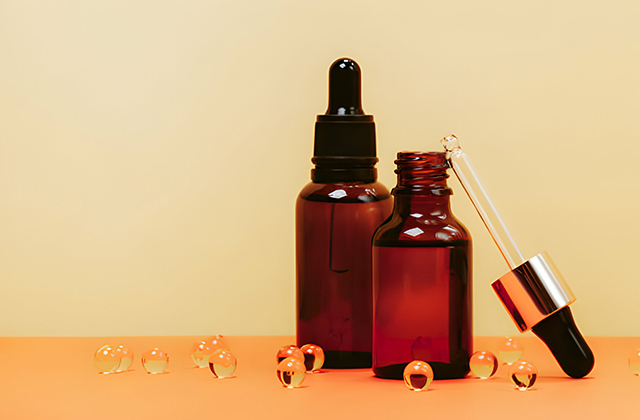
Revealing the Secrets of Skin Essential Oils
Skin Essential Oils, prized for their fragrant appeal and medicinal strength, bear witness to the age-old alchemy occurring in the plant life. These concentrated liquids are made from the very essence of nature’s botanical wonders and contain volatile scent molecules, creating a fragrant tapestry.
Exposing the Heart:
Plant essence, or the biological ingredients that give essential oils their unique scents and medicinal qualities, is where the journey of essential oils starts. Every plant species has a distinct essence that is just waiting to be discovered, whether it is found in the serene lavender fields of Provence or the energizing eucalyptus groves of Australia.
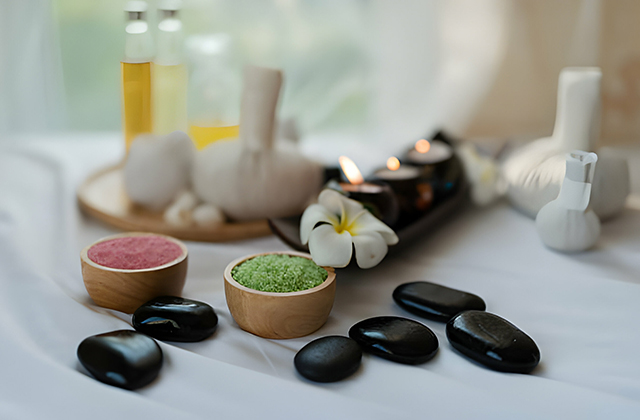
Alchemical Extraction:
Science and nature perform a complex dance in the art of extracting these priceless essences. Utilizing a centuries-old technique called *steam distillation*, plant material is heated to release volatile components that eventually condense into essential oils. The integrity and purity of the plant’s essence are maintained by this time-tested method.
For citrus oils, on the other hand, cold pressing is the preferred technique. Fruits such as oranges or lemons are mechanically pressed to extract the fragrant oils, encapsulating a burst of freshness in each drop. This process is not only effective, but it also guarantees that the lively, spicy qualities of the oils are preserved.
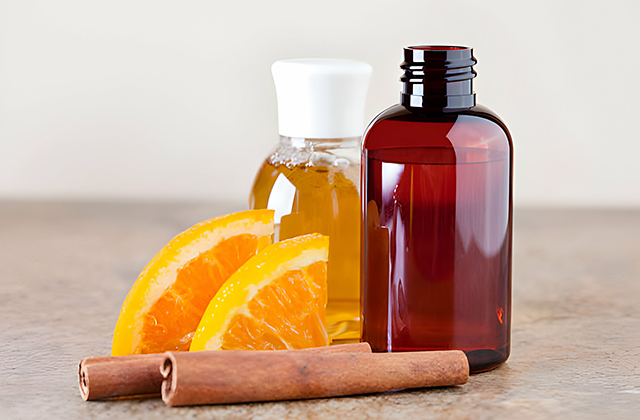
Solvent extraction comes into play for some delicate flowers, such as jasmine or rose, where heat may destroy the integrity of the scent. Here, the essential oil is extracted from the plant material using a solvent, usually hexane. After then, the solvent evaporates, leaving behind a fragrant extract that is extremely concentrated.
The Plant Symphony:
The process of making Skin Essential Oils is a beautiful symphony of different plant species. Essential oils are characterized by a variety of scents and medicinal benefits that stem from the variety of plants utilized in their extraction process. These effects range from the invigorating notes of peppermint to the peaceful embrace of lavender.
*Lavender* generates an oil well known for its relaxing and soothing qualities from its lovely purple blossoms. Aromatherapy relies heavily on this flowery jewel, which creates a pleasant haven for unwinding and relieving tension.
On the other hand, the strong and refreshing flavor of *peppermint* essential oil awakens the senses. Its use ranges from reducing headaches to increasing vitality, demonstrating the diversity seen throughout the plant kingdom.

The soft, apple-like fragrance of the *chamomile* flower’s petals yields an essential oil that is well-known for its relaxing properties. For ages, chamomile oil has been used in traditional medicine to promote relaxation and ease tense muscles.
Retaining the Spirit of Nature:
Extraction of essential oils is an artistic endeavor that embodies the spirit of the plant, not just a technical procedure. The expert hands of craftspeople and distillers guarantee that the final oils capture the complete essence of the plant in addition to its aroma.
Commonly Found Types of Essential Oils Natural
Here are some Commonly found types of Essential Oils Natural:
1. Lavender Oil
Fragrant lavender oil is a fragrant symbol of peace. Its calming, flowery scent has made it a mainstay in aromatherapy. Stress reduction is one of lavender’s many therapeutic uses; it has a relaxing effect that releases tension and creates a peaceful atmosphere. Being a naturally occurring sedative, it is a beloved ally in encouraging sound sleep, making it an essential option for anyone looking for a tranquil haven away from the stresses of the day.
2. Energizing Freshness with Peppermint Oil
With its refreshing and minty aroma, peppermint oil is becoming more and more popular among essential oil users. In addition to having a pleasant scent, it heals a variety of illnesses. Peppermint oil is a natural option for individuals seeking relief from headaches due to its cooling effect. Its revitalizing effects give a boost, and its capacity to sharpen focus makes it a valued ally when mental clarity is needed.
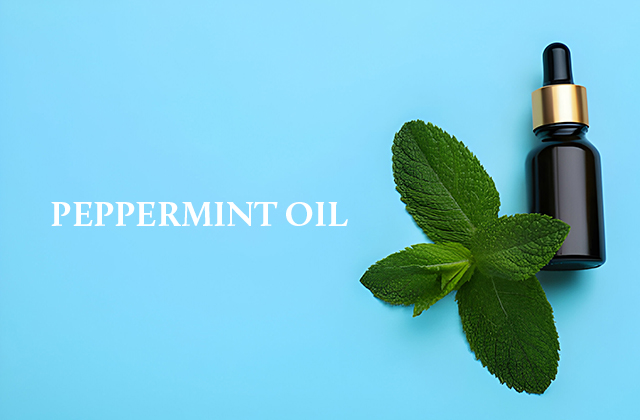
3. Soothing Elegance: Chamomile Oil
This oil is made from the delicate blossoms of chamomile, which is the pinnacle of botanical elegance. Treasured for its calming properties, chamomile oil acts as a salve for the tired spirit. Its calming scent fosters a calm environment that encourages rest and tranquilly. With its soothing voyage into a world of tranquilly, chamomile oil is a go-to pick for individuals seeking refuge from life’s worries, whether it is applied directly or diffused in the air.
Examining Aromatherapy and the Topical Using Essential Oils
Aromatherapy: A Harmony of Perceptual Experiences
Aromatherapy explores the deep relationship between aroma and wellbeing and is sometimes referred to as the “olfactory symphony of healing.” Using Essential Oils, this all-encompassing therapeutic method creates a sensory experience that goes beyond the tangible and into the domains of mental and emotional balance. When these aromatic chemicals interact with the olfactory receptors after being released into the air by diffusers or inhalation, magic happens.
The Dancing Limbic System
The limbic system, a complex network of brain structures linked to emotions, memories, and behavior, is a major participant in this fragrant dance. When essential oils are inhaled, a fascinating interaction begins, activating the limbic system and evoking emotions beyond simple smell recognition.
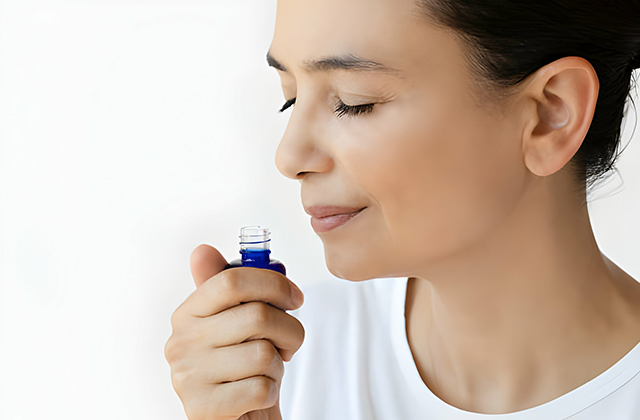
The peaceful embrace of lavender, the energizing rush of peppermint, or the soothing elegance of chamomile—all of these infuse the limbic pathways with a therapeutic journey that has a dramatic effect on memory recall and emotional equilibrium.
Alchemical Emotions
Aromatherapy is a kind of emotional alchemy that goes beyond the physiological aspects. While citrus oils’ zesty notes may elevate spirits, lavender’s soothing whispers may help one achieve a feeling of peace. Hence, aromatherapy turns into a multipurpose instrument that balances the internal emotional symphony and promotes long-lasting wellbeing.
Application Topical
Our skin serves as a further canvas for the therapeutic creativity of Skin Essential Oils because of their concentrated and intense nature. Through topical administration, these fragrant elixirs can be directly absorbed into the body, a process that has its roots in centuries-old techniques. This strategy provides focused advantages by precisely tackling particular issues.
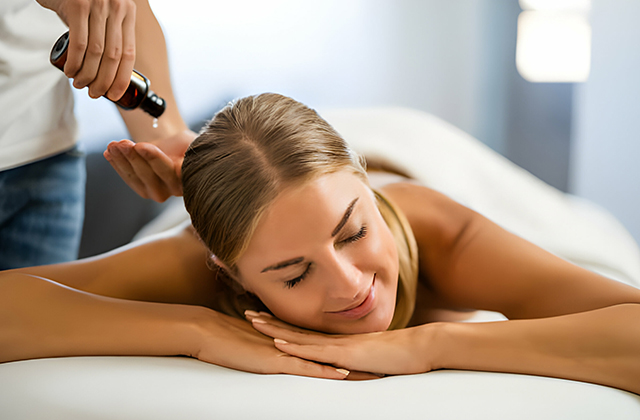
Magic Massage
Essential oils become massage miracles when diluted with carrier oils like sweet almond or jojoba. A sensory symphony is produced when the medicinal properties of oils are blended with the tactile experience of a massage. Whether the goal is to produce relaxation or release tense muscles, massage therapy becomes a holistic practice that touches on mental and emotional calmness beyond the physical.
Quality Skincare
Adding Skin Essential Oils to skincare regimens opens up a world of opportunities for glowing health. Essential oils provide a natural and fragrant approach to skincare, whether you customize your face oil or add a drop or two to your regular moisturizer. With the charm of nature, each drop nurtures the skin and addresses issues while encapsulating botanical energy.
The chemistry of essential oils essentially tells a fascinating story about sensory discovery. Essential oils weave a tale of holistic well-being, where fragrance becomes a transformative force, nurturing the body, mind, and spirit. From the olfactory symphony of aromatherapy, engaging the limbic system and emotions, to the precision of topical application, where the skin becomes a canvas for therapeutic artistry.
Including the Best Rosemary Essential Oils in Your Daily Regime
Diffusers
Diffusers are a common way for people to benefit from the Best Rosemary Essential Oils. These gadgets release the oils into the atmosphere, filling your living areas with a fragrant and healing atmosphere.
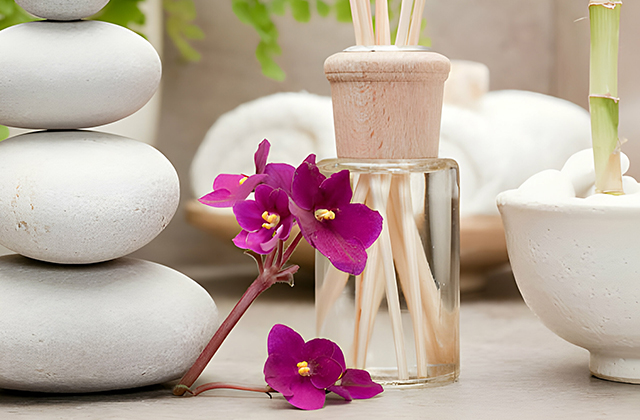
Relaxation and Massage
Incorporate Skin Essential Oils into massage sessions to harness the power of touch. For a calming and fragrant massage, dilute the oils with carrier oils such sweet almond or jojoba.
Homemade Skincare and Beauty
You can make your own natural skincare products by mixing your preferred carrier oils, creams, or lotions with Skin Essential Oils. This enables you to enjoy the benefits of aromatherapy and customize your cosmetic routine to treat particular skin conditions.
Skin Essential Oils for Particular Therapeutic Applications
Relieving Stress
Diffuse relaxing oils, such as frankincense, bergamot, or lavender, to help combat everyday stress. When you meditate or just before bed, try diffusing these oils as part of a relaxing ritual.
Pain Relief
Applying peppermint oil topically may help relieve tension headaches. Apply a few drops diluted with a carrier oil to your neck and temples, massaging them gently.

Sleep Aid
Diffuse oils like lavender, chamomile, or cedar wood to create a sleep-inducing atmosphere in your bedroom. As an alternative, place a cotton ball next to your bed or a few drips on your pillow.
Safety Points to Remember
Allergies and Dilution
Because essential oils are highly concentrated, it is imperative to dilute them before applying them to the skin. In addition, do a patch test before to broad usage and be aware of any possible allergies.
Professional Consultation
Before adding essential oils to your routine, speak with a healthcare provider or aromatherapist if you are pregnant or have any particular health concerns.
Final Thoughts
Skin Essential Oils provide a natural and fragrant route to wellbeing in the areas of relaxation and healing. The world of essential oils offers a plethora of solutions for managing headaches, relieving stress, and getting a good night’s sleep. Accept the power of aromatherapy and allow these miracles of nature to accompany you on your path to a calmer, more rested, and more youthful self.

Some products to use:
Organic Lavender Essential Oil
Discover the magic of Organic Lavender, a well-known essential oil loved for its soothing scent and healing powers. Whether you need to relax, sleep better, or soothe your skin, this certified organic oil is your go-to solution. Just a few drops can create a calm atmosphere and help with stress. Mixed with a carrier oil, it works wonders on minor cuts and irritated skin. Plus, it’s USDA Certified Organic, meaning it’s free from GMOs and supports biodiversity. Embrace the natural benefits of Organic Lavender for a serene and eco-friendly approach to well-being.
The organic hemp essential oil, distilled from Pacific Northwest-grown Cannabis sativa, brings a healthy glow to the skin and adds herbal notes to perfumes. Hemp, used for fabric, food, and more, has a rich history dating back to 8,000 BCE.
This essential oil, free from THC or CBD, has a tangy aroma with earthy undertones. It blends well for aromatherapy, dilutes for a skin-nourishing moisturizer, and promotes relaxation when combined with lavender or clary sage.
AURA CACIA TEA TREE ESSENTIAL OIL 0.5 FL. OZ.
Tea tree (Melaleuca alternifolia) essential oil is renowned for its purifying properties, making it a go-to for household cleansers. While its warm, nutmeg-like aroma may not be the focus in aromatherapy, its physical benefits are highly valued. Aura Cacia’s Tea Tree Essential Oil, native to Australia and New Zealand, has been meticulously cultivated to ensure maximum effectiveness and ease of use.


